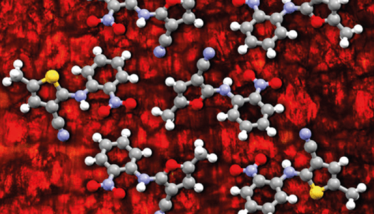Mighty Morphin’ Small Molecules
New method to control polymorphism could see “widespread use across the pharma industry”

Polymorphism is a well-established phenomenon whereby chemical compounds exist in multiple crystalline forms. These forms can differ in terms of solubility, melting point, and other basic properties, which can affect the bioavailability of drugs. Naturally, controlling polymorphism is of interest to pharma developers – the more forms chemists can produce, the greater the possibilities.
Researchers from the University of Montreal, Canada, have uncovered a method of searching for polymorphs based on mixed-crystal seeds (1). Using the approach, the team produced new crystalline forms of the small molecule ROY – which is used to synthesize antipsychotic drug Olanzapine.
“The method promises to become a valuable tool for polymorphic screening in all fields where crystalline solids are used,” according to the authors. Meanwhile, Susan Reutzel-Edens, a senior research advisor at Eli Lilly, has reportedly said the platform is “likely to see widespread use across the pharmaceutical industry” (2).
- A Levesque, T Maris and J D Wuest, “ROY Reclaims Its Crown: New Ways To Increase Polymorphic Diversity” (2020). Available at: https://bit.ly/30GbdfX
- C&EN, “New methods to control small molecule crystallization” (2020). Available at: https://bit.ly/3imWNqH

Over the course of my Biomedical Sciences degree it dawned on me that my goal of becoming a scientist didn’t quite mesh with my lack of affinity for lab work. Thinking on my decision to pursue biology rather than English at age 15 – despite an aptitude for the latter – I realized that science writing was a way to combine what I loved with what I was good at.
From there I set out to gather as much freelancing experience as I could, spending 2 years developing scientific content for International Innovation, before completing an MSc in Science Communication. After gaining invaluable experience in supporting the communications efforts of CERN and IN-PART, I joined Texere – where I am focused on producing consistently engaging, cutting-edge and innovative content for our specialist audiences around the world.



















